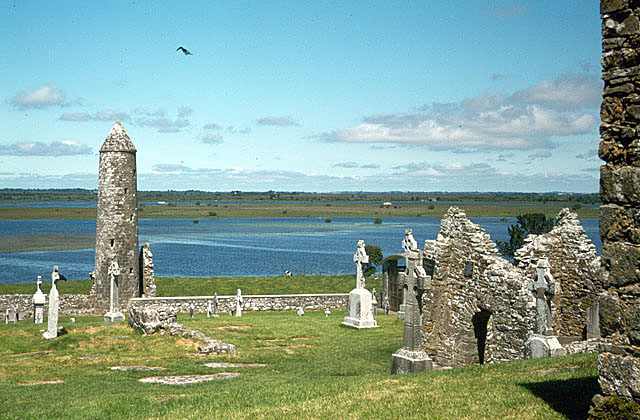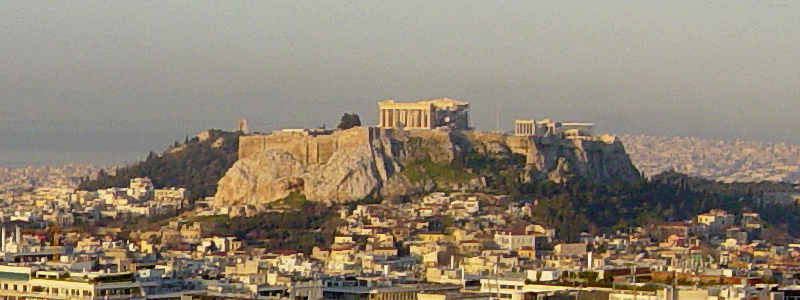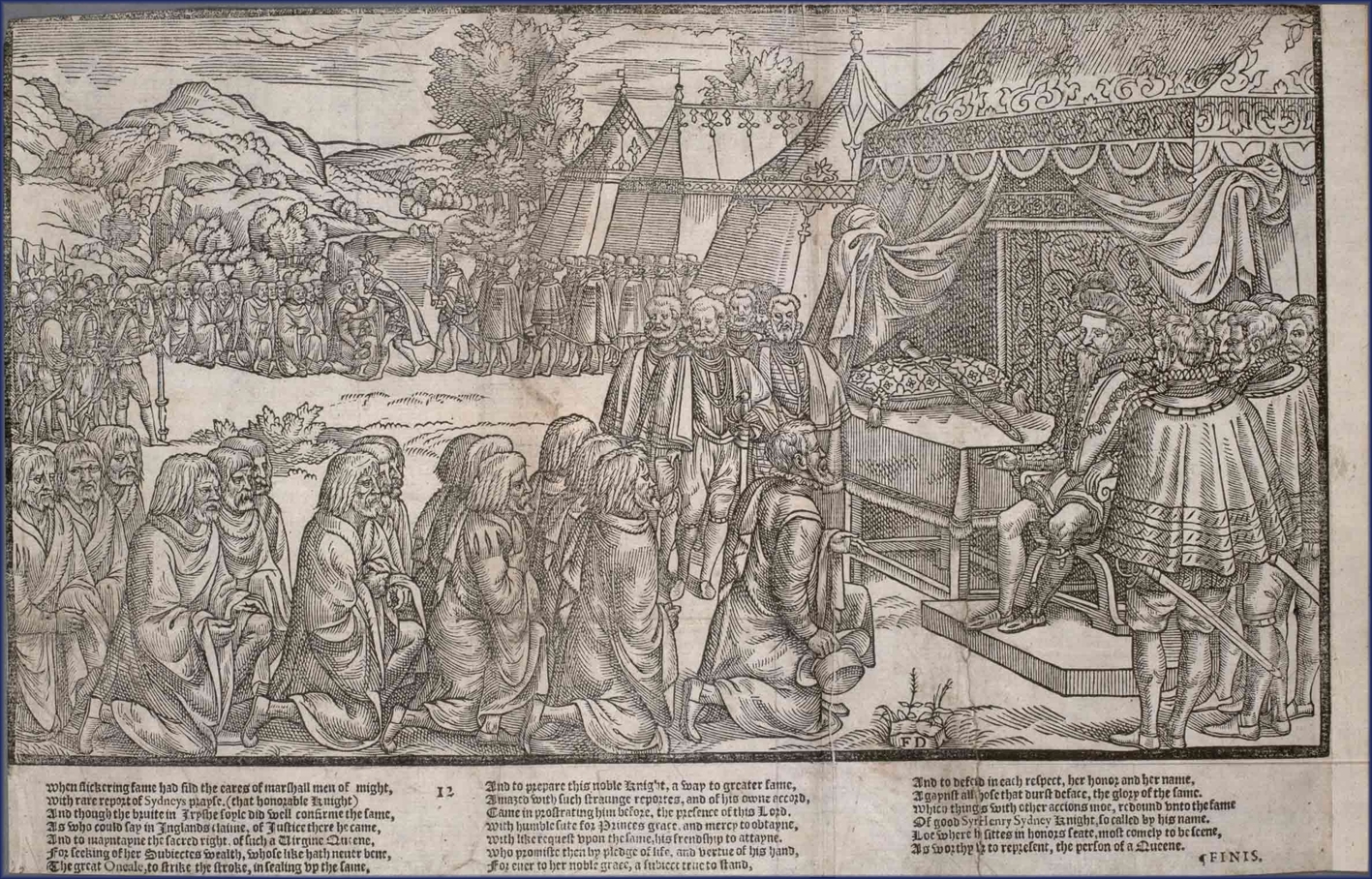|
Mac Con Midhe
Mac Con Midhe was the name of a family of poets in Gaelic Ireland. The name is also now rendered as Mac Namee, McNamee, Conmee, and McConway. Overview There was a branch of this Ulster sept who were erenaghs of Comber, on the River Foyle in the deanery of Derry, and they are recorded as such as late as 1606 when Bishop Montgomery's survey of the diocese was made. Just about that time the Ulster Plantation records show the name Mac Con Midhe among the natives of County Tyrone and later in the century the name appeared in Charles O'Neill's regiment in James II's Irish army. Tyrone and Derry is where the name is mainly found today. That was not the case in the 17th century. Petty's "census" found them most numerous in County Leitrim and in the previous century the "Fiants" show that they were in Leitrim and other parts of Connacht bordering Ulster, as well as in Derry and Donegal. The Annals of Loch Cé tell us that in the 13th century the chief of Muintir Laoideacháin on the border ... [...More Info...] [...Related Items...] OR: [Wikipedia] [Google] [Baidu] |
Gaelic Ireland
Gaelic Ireland () was the Gaelic political and social order, and associated culture, that existed in Ireland from the late Prehistory of Ireland, prehistoric era until the 17th century. It comprised the whole island before Anglo-Norman invasion of Ireland, Anglo-Normans conquered parts of Ireland in the 1170s. Thereafter, it comprised that part of the country not under foreign dominion at a given time (i.e. the part beyond The Pale). For most of its history, Gaelic Ireland was a "patchwork" hierarchy of territories ruled by a hierarchy of kings or chiefs, who were chosen or elected through tanistry. Gaelic warfare, Warfare between List of Irish kingdoms, these territories was common. Traditionally, a powerful ruler was acknowledged as High King of Ireland. Society was made up of Irish clans, clans and, like the rest of History of Europe, Europe, was structured hierarchically according to Social class, class. Throughout this period, the economy was mainly Pastoralism, pastoral a ... [...More Info...] [...Related Items...] OR: [Wikipedia] [Google] [Baidu] |
River Shannon
The River Shannon ( or archaic ') is the major river on the island of Ireland, and at in length, is the longest river in the British Isles. It drains the Shannon River Basin, which has an area of , – approximately one fifth of the area of Ireland. Known as an important waterway since antiquity, the Shannon first appeared in maps by the Graeco-Egyptian geographer Ptolemy ( 100 – 170 AD). The river flows generally southwards from the Shannon Pot in County Cavan before turning west and emptying into the Atlantic Ocean through the long Shannon Estuary. Limerick city stands at the point where the river water meets the sea water of the estuary. The Shannon is tidal east of Limerick as far as the base of the Ardnacrusha dam. The Shannon divides the west of Ireland (principally the province of Connacht) from the east and south (Leinster and most of Munster; County Clare, being west of the Shannon but part of the province of Munster, is the major exception.) The river rep ... [...More Info...] [...Related Items...] OR: [Wikipedia] [Google] [Baidu] |
Nicholas Williams (poet)
Nicholas Jonathan Anselm Williams (born October 1942 in Walthamstow, Essex), sometimes credited as N. J. A. Williams, is a leading expert and poet in the Cornish language. Life While a pupil at Chigwell School, Essex, Williams taught himself Cornish and became a bard of the Cornish Gorseth Kernow, Gorseth while still in his teens, taking the bardic name ''Golvan'' ('Sparrow'). He read classical languages, English language and Celtic in Oxford University, Oxford. After short periods in the universities of Belfast (where he received his PhD) and Liverpool, he was appointed lecturer in Irish in University College Dublin in 1977. In 2006 he was appointed Associate Professor in Celtic Languages there. He married Patricia Smyth from Portadown, County Armagh in 1976. Work Williams has written widely on the Celtic languages and their Celtic literature, literatures. His works on Irish include the editions ''The Poems of Giolla Brighde Mac Con Midhe'' (1980) and ''Pairlement Chloinne Tom� ... [...More Info...] [...Related Items...] OR: [Wikipedia] [Google] [Baidu] |
Dublin
Dublin is the capital and largest city of Republic of Ireland, Ireland. Situated on Dublin Bay at the mouth of the River Liffey, it is in the Provinces of Ireland, province of Leinster, and is bordered on the south by the Dublin Mountains, part of the Wicklow Mountains range. Dublin is the largest city by population on the island of Ireland; at the 2022 census of Ireland, 2022 census, the city council area had a population of 592,713, while the city including suburbs had a population of 1,263,219, County Dublin had a population of 1,501,500. Various definitions of a metropolitan Greater Dublin Area exist. A settlement was established in the area by the Gaels during or before the 7th century, followed by the Vikings. As the Kingdom of Dublin grew, it became Ireland's principal settlement by the 12th century Anglo-Norman invasion of Ireland. The city expanded rapidly from the 17th century and was briefly the second largest in the British Empire and sixth largest in Western Europ ... [...More Info...] [...Related Items...] OR: [Wikipedia] [Google] [Baidu] |
Civilization
A civilization (also spelled civilisation in British English) is any complex society characterized by the development of state (polity), the state, social stratification, urban area, urbanization, and symbolic systems of communication beyond natural language, signed or spoken languages (namely, writing systems). Civilizations are organized around densely-populated settlements, divided into more or less rigid hierarchy, hierarchical social classes of division of labour, often with a ruling elite and a subordinate urban and rural populations, which engage in intensive agriculture, mining, small-scale manufacture and trade. Civilization concentrates power, extending human control over the rest of nature, including over other human beings. Civilizations are characterized by elaborate agriculture, architecture, infrastructure, Innovation, technological advancement, currency, taxation, regulation, and specialization of labour. Historically, a civilization has often been understo ... [...More Info...] [...Related Items...] OR: [Wikipedia] [Google] [Baidu] |
Ireland
Ireland (, ; ; Ulster Scots dialect, Ulster-Scots: ) is an island in the North Atlantic Ocean, in Northwestern Europe. Geopolitically, the island is divided between the Republic of Ireland (officially Names of the Irish state, named Irelanda sovereign state covering five-sixths of the island) and Northern Ireland (part of the United Kingdomcovering the remaining sixth). It is separated from Great Britain to its east by the North Channel (Great Britain and Ireland), North Channel, the Irish Sea, and St George's Channel. Ireland is the List of islands of the British Isles, second-largest island of the British Isles, the List of European islands by area, third-largest in Europe, and the List of islands by area, twentieth-largest in the world. As of 2022, the Irish population analysis, population of the entire island is just over 7 million, with 5.1 million in the Republic of Ireland and 1.9 million in Northern Ireland, ranking it the List of European islands by population, ... [...More Info...] [...Related Items...] OR: [Wikipedia] [Google] [Baidu] |
Cormac Mac Con Midhe
Cormac Mac Con Midhe, a.k.a. Cormac mac Cearbhaill Mac Con Midhe (died 1627) was an early Modern Irish poet. Manuscript H.5.6, held at Trinity College, Dublin, contains a poem of 24 stanza In poetry, a stanza (; from Italian ''stanza'', ; ) is a group of lines within a poem, usually set off from others by a blank line or indentation. Stanzas can have regular rhyme and metrical schemes, but they are not required to have either. ...s apparently written by Mac Con Midhe for Toirealach Ó Néill of Sliocht Airt Óig of Tyrone and his wife, Sorcha. It survives in another copy of 188 lines in MS 1291 (formerly H.1.17), also in Trinity, both being made by Hugh O'Daly in the middle 18th century for a Dr. Sullivan. According to Ó Diobhlin (2000), "Because of the corruptness of the copy the poem has never been edited, nor have its contents been deciphered ... Toirealach was transplanted to Connacht, and then he disappears from history after the Jacobite rebellion." References * M ... [...More Info...] [...Related Items...] OR: [Wikipedia] [Google] [Baidu] |
Turlough Luineach O'Neill
Sir Turlough Lynagh O'Neill (also known as Turlough Luineach) ( Irish: ''An Ridire Toirdhealbhach Luineach mac Néill Chonnalaigh Ó Néill''; – September 1595) was an Irish Gaelic lord of Tír Eoghain in early modern Ireland. He was inaugurated upon Shane O’Neill’s death, becoming '' The O'Neill''. From 1567 to 1595, Sir Turlough Luineach O'Neill was leader of the O'Neill clan, the most powerful family in Ulster, the northern province in Ireland. He was knighted in 1578. Birth and ancestry Turlough was born around 1530 at ''Seanchaisleán'' ('Old Castle'), close to the modern town of Newtownstewart. He was the fourth son of Niall Connallagh O'Neill, Tanist of Tyrone (1519–1544), and was fostered by the O'Lunaigh family of Munterluney. As Tanist, Niall Connallach was designated to succeed his great-uncle Conn Bacach (1519–1559) as The O'Neill. Turlough's mother may have been Niall Connellagh's wife, Rose O'Donnell, the daughter of Manus O'Donnell, The O'Donnell ... [...More Info...] [...Related Items...] OR: [Wikipedia] [Google] [Baidu] |
Brian Mac Con Midhe
Brian Mac Con Midhe, Irish poet and writer, fl 1590s. A son of Aonghus Mac Con Midhe, Brian was a member of an Irish brehon family, and chief poet to Turlough Luineach O'Neill. See also * Giolla Brighde Mac Con Midhe (fl. 1210?–1272?) * Teige Mac Con Midhe * Cormac Mac Con Midhe Cormac Mac Con Midhe, a.k.a. Cormac mac Cearbhaill Mac Con Midhe (died 1627) was an early Modern Irish poet. Manuscript H.5.6, held at Trinity College, Dublin, contains a poem of 24 stanza In poetry, a stanza (; from Italian ''stanza'', ; ) ... (d.1627) References * ''Glimpses of Gaelic Ireland,'', 33–64, G. Murphy, Dublin, 1948. * ''Lámhscríbhinní Gaeilge: Treoirliosta,'' Padraig de Brún, Dublin, 1988. * ''Tyrone's Gaelic Literary Legacy,'' by Diarmaid Ó Diobhlin, in ''Tyrone: History and Society,'' 403–432, ed. Charles Dillon and Henry A. Jefferies, Geography Publications, Dublin, 2000. . * ''Medieval Ireland: An Encyclopedia'', edited by Seán Duffy, Dublin, 2004. External lin ... [...More Info...] [...Related Items...] OR: [Wikipedia] [Google] [Baidu] |
Teige Mac Con Midhe
Teige Mac Con Midhe, Irish poet and writer, died in 1493. Mac Con Midhe was a member of an Irish brehon family. According to the Annals of the Four Masters: * ''M1493.17 Mac Namee, i.e. Teige, the son of Conor Roe, son of Eachmarcach, an eminent poet and a good scholar, was slain by a labourer, one of his own people. i.e. the son of O'Clumhain.'' See also * Giolla Brighde Mac Con Midhe (fl. 1210?–1272?) * Brian Mac Con Midhe, chief poet to Turlough Luineach O'Neill * Cormac Mac Con Midhe Cormac Mac Con Midhe, a.k.a. Cormac mac Cearbhaill Mac Con Midhe (died 1627) was an early Modern Irish poet. Manuscript H.5.6, held at Trinity College, Dublin, contains a poem of 24 stanza In poetry, a stanza (; from Italian ''stanza'', ; ) ... (d.1627 References * ''Glimpses of Gaelic Ireland,'', 33–64, G. Murphy, Dublin, 1948. * ''Lámhscríbhinní Gaeilge: Treoirliosta,'' Padraig de Brún, Dublin, 1988. * ''Tyrone's Gaelic Literary Legacy,'' by Diarmaid Ó Diobhlin, in ''Tyro ... [...More Info...] [...Related Items...] OR: [Wikipedia] [Google] [Baidu] |
Floruit
''Floruit'' ( ; usually abbreviated fl. or occasionally flor.; from Latin for 'flourished') denotes a date or period during which a person was known to have been alive or active. In English, the unabbreviated word may also be used as a noun indicating the time when someone flourished. Etymology and use is the third-person singular perfect active indicative of the Latin verb ', ' "to bloom, flower, or flourish", from the noun ', ', "flower". Broadly, the term is employed in reference to the peak of activity for a person or movement. More specifically, it often is used in genealogy and historical writing when a person's birth or death dates are unknown, but some other evidence exists that indicates when they were alive. For example, if there are Will (law), wills Attestation clause, attested by John Jones in 1204 and 1229, as well as a record of his marriage in 1197, a record concerning him might be written as "John Jones (fl. 1197–1229)", even though Jones was born before ... [...More Info...] [...Related Items...] OR: [Wikipedia] [Google] [Baidu] |






